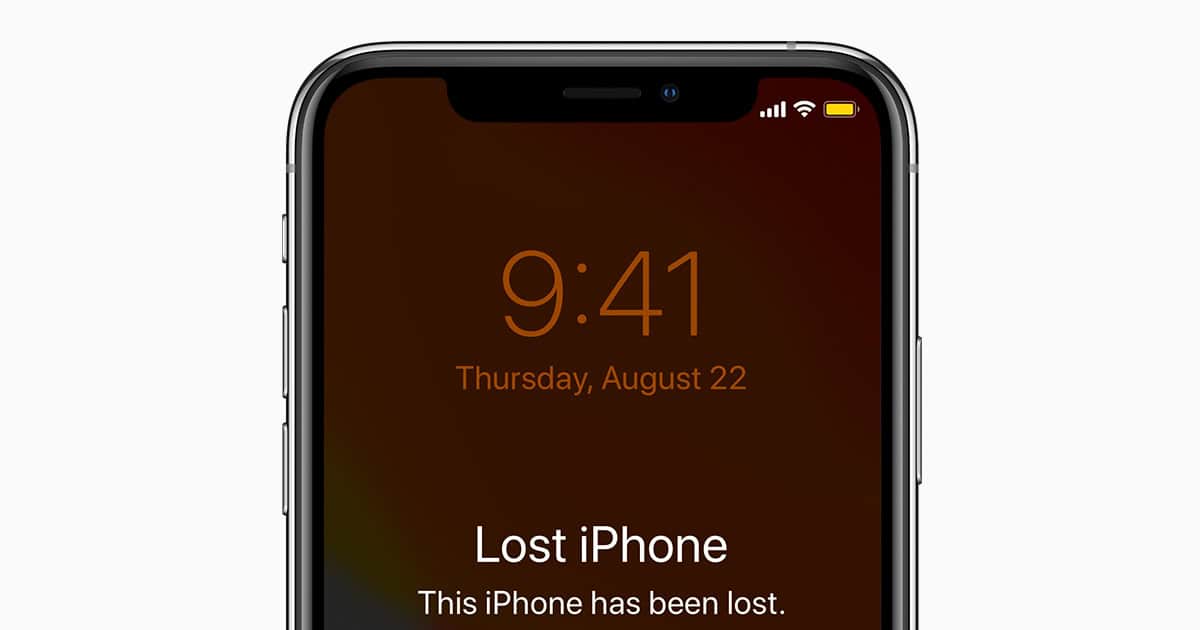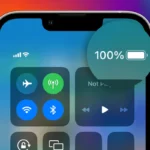Discovering that your iPhone is missing can be a stressful experience. Not only does your phone hold personal information, but it also serves as a gateway to your online presence. In the unfortunate event that your iPhone is lost or stolen, acting quickly to secure your data is crucial. There are steps you can take to protect your personal information and increase the chances of recovering your device.
Your first action should be to use the Find My app to locate your iPhone or lock it with a passcode if you haven’t already. If you are unable to find your phone or ensure its security, immediately change the passwords for your online accounts accessed through the device. Reporting the theft to the authorities and your cellular provider will help protect against unauthorized use and might assist in the recovery of your iPhone.
Taking these steps promptly can minimize potential damage and stress. While finding your iPhone may not always be possible, safeguarding your personal data and peace of mind is within your control.
1. Act Quickly: Use Find My iPhone
- On another Apple device or at iCloud.com/find, sign in with your Apple ID.
- You can:
- Locate your iPhone on a map (if it’s online).
- Play a sound to help find it nearby.
- Mark it as Lost (this locks the device with a passcode and shows a custom message with your contact info).
- Erase iPhone remotely if you believe you won’t get it back.
(source: Apple Support)
2. Enable Lost Mode
- Lost Mode locks your iPhone, disables Apple Pay, and displays your chosen message on the lock screen.
- Even if the thief turns off your phone, Lost Mode will activate once it’s powered back on.
3. Report the Theft
- File a police report with your device’s serial number or IMEI (find it on your original box, receipt, or Apple ID account page).
- Notify your carrier to suspend service and prevent unauthorized calls, texts, or data usage.
4. Protect Your Accounts
- Change your Apple ID password immediately to block anyone from accessing iCloud, iMessage, or other Apple services.
- Update passwords for important accounts linked to your phone (email, banking apps, social media).
- If you used Apple Wallet, notify your bank or card issuer to suspend your cards.
5. Use Stolen Device Protection (iOS 17.3+)
Apple’s Stolen Device Protection requires Face ID or Touch ID for sensitive actions (like changing Apple ID password or turning off Find My). Make sure it’s enabled on your device before it’s ever lost.
(source: Forbes)
6. Don’t Confront the Thief
If you see your iPhone’s location, do not try to retrieve it yourself. Always involve local law enforcement for safety.
7. Monitor Your Accounts
- Keep an eye on your email, financial accounts, and Apple ID for suspicious activity.
- If you erased your iPhone, it will still be protected by Activation Lock, which prevents anyone else from using it without your Apple ID.
✅ Summary:
If your iPhone is stolen: use Find My, enable Lost Mode, report it to police and your carrier, change important passwords, and enable Stolen Device Protection. Never attempt to recover it on your own.
Key Takeaways
- Secure personal information promptly if your iPhone is lost or stolen.
- Use Find My app and change passwords to protect your accounts.
- Report the loss to the authorities and your cellular provider.
Immediate Actions to Take
If your iPhone is stolen, quick steps can safeguard your private information and help you track your device.
Secure Your Personal Information
First, change your Apple ID password. This step blocks the thief’s access to your iCloud and other Apple services. Enable two-factor authentication for an added security layer. Next, review your passwords and change them, especially if you use Apple Pay for transactions. Your phone’s lock features, like Face ID or Touch ID, protect your data, but a changed password adds extra security. If you have a passcode set on your iPhone, your privacy is safer, but it’s best to assume that your personal information, like photos and messages, is at risk until you can reclaim your phone.
Utilize Find My iPhone Features
Open the Find My app on another iOS device or access it via iCloud on a web browser. Use your Apple ID to log in. Select your missing iPhone and activate Lost Mode. This will lock your phone with its passcode, allowing you to display a custom message with a contact number on the lock screen. Choose ‘Erase This Device‘ if recovery seems unlikely, which will delete all data on your iPhone. It ensures your privacy and prevents misuse of your personal info. Remember, activating this erase function permanently removes your data. If your iPhone is offline, the erase will start once the device connects to a network. Track the phone’s location with GPS on the Find My app; even when offline, the iPhone will still send its location when possible.
Post-Theft Steps
When an iPhone is lost or stolen, immediate action is crucial. These steps help protect personal information and set the stage for potentially recovering the device.
Report and Document the Incident
It’s important to report a stolen iPhone to the local police as soon as possible. They will create a police report necessary for any insurance claims. The report should include the device’s serial number and International Mobile Equipment Identity (IMEI) number. Both can be found on the original packaging or by logging into the Apple ID account on another device.
Managing Financial and Carrier Issues
Notification of the theft should be given promptly to the wireless carrier. This helps prevent unauthorized use and can protect against fraudulent charges. It’s also essential to contact financial institutions to secure any payment cards linked to the phone. The next step is to remove the lost device from any active service plans including AppleCare+ to avoid unexpected fees.
Future Prevention and Security
To safeguard against future incidents, activating features like Find My iPhone on all Apple devices is advised. This service helps locate a device on a map using GPS. Activation Lock, a part of Find My, prevents others from using the iPhone. Users should also maintain strong, unique passwords managed with a password manager. Regular cloud backups and keeping a note of the device’s serial number and IMEI are also good security practices.







